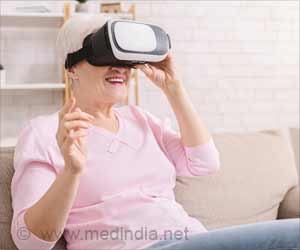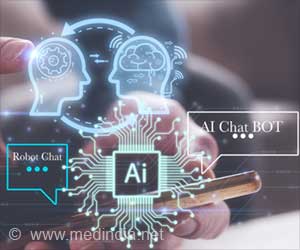Experience the future of flavor with virtual food tasting—savor digital dishes through innovative technology!

A sensor-actuator-coupled gustatory interface chemically connecting virtual and real environments for remote tasting
Go to source). Field testing done by researchers at The Ohio State University confirmed the device’s ability to digitally simulate a range of taste intensities, while still offering variety and safety for the user.
‘Ever imagined tasting food in #virtualreality? Scientists have developed a new technology called #eTaste that allows you to experience different flavors in a virtual environment. #futureoffood’





Virtual Food Experiences
“The chemical dimension in the current VR and AR realm is relatively underrepresented, especially when we talk about olfaction and gustation,” said Jinghua Li, co-author of the study and an assistant professor of materials science and engineering at Ohio State. “It’s a gap that needs to be filled and we’ve developed that with this next-generation system.”The system, whose development was inspired by previous biosensor work of Li’s, utilizes an actuator with two parts: an interface to the mouth and a small electromagnetic pump. This pump connects to a liquid channel of chemicals that vibrates when an electric charge passes through it, pushing the solution through a special gel layer into the mouth of the subject.
Depending on the length of time that the solution interacts with this gel layer, the intensity and strength of any given taste can easily be adjusted, said Li.
“Based on the digital instruction, you can also choose to release one or several different tastes simultaneously so that they can form different sensations,” she said.
The study was published in the journal Science Advances.
Advertisement
“Taste and smell are greatly related to human emotion and memory,“ said Li. “So our sensor has to learn to capture, control and store all that information.”
Advertisement
Further tests assessing e-Taste’s ability to immerse players in a virtual food experience also analyzed its long-range capabilities, showing that remote tasting could be initiated in Ohio from as far away as California. Another experiment involved subjects trying to identify five food options they perceived, whether it was lemonade, cake, fried egg, fish soup or coffee.
While these results open up opportunities to pioneer new VR experiences, this team’s findings are especially significant because they could potentially provide scientists with a more intimate understanding of how the brain processes sensory signals from the mouth, said Li.
Plans to enhance the technology revolve around further miniaturizing the system and improving the system’s compatibility with different chemical compounds in food that produce taste sensations. Beyond helping to build a better and more dynamic gaming experience, the study notes that the work could be useful in promoting accessibility and inclusivity in virtual spaces for individuals with disabilities, like those with traumatic brain injuries or Long Covid, which brought gustatory loss to mainstream attention.
“This will help people connect in virtual spaces in never-before-seen ways,” said Li. “This concept is here and it is a good first step to becoming a small part of the metaverse.”
Reference:
- A sensor-actuator coupled gustatory interface chemically connecting virtual and real environments for remote tasting - (https://www.science.org/doi/10.1126/sciadv.adr4797)
Source-Eurekalert









